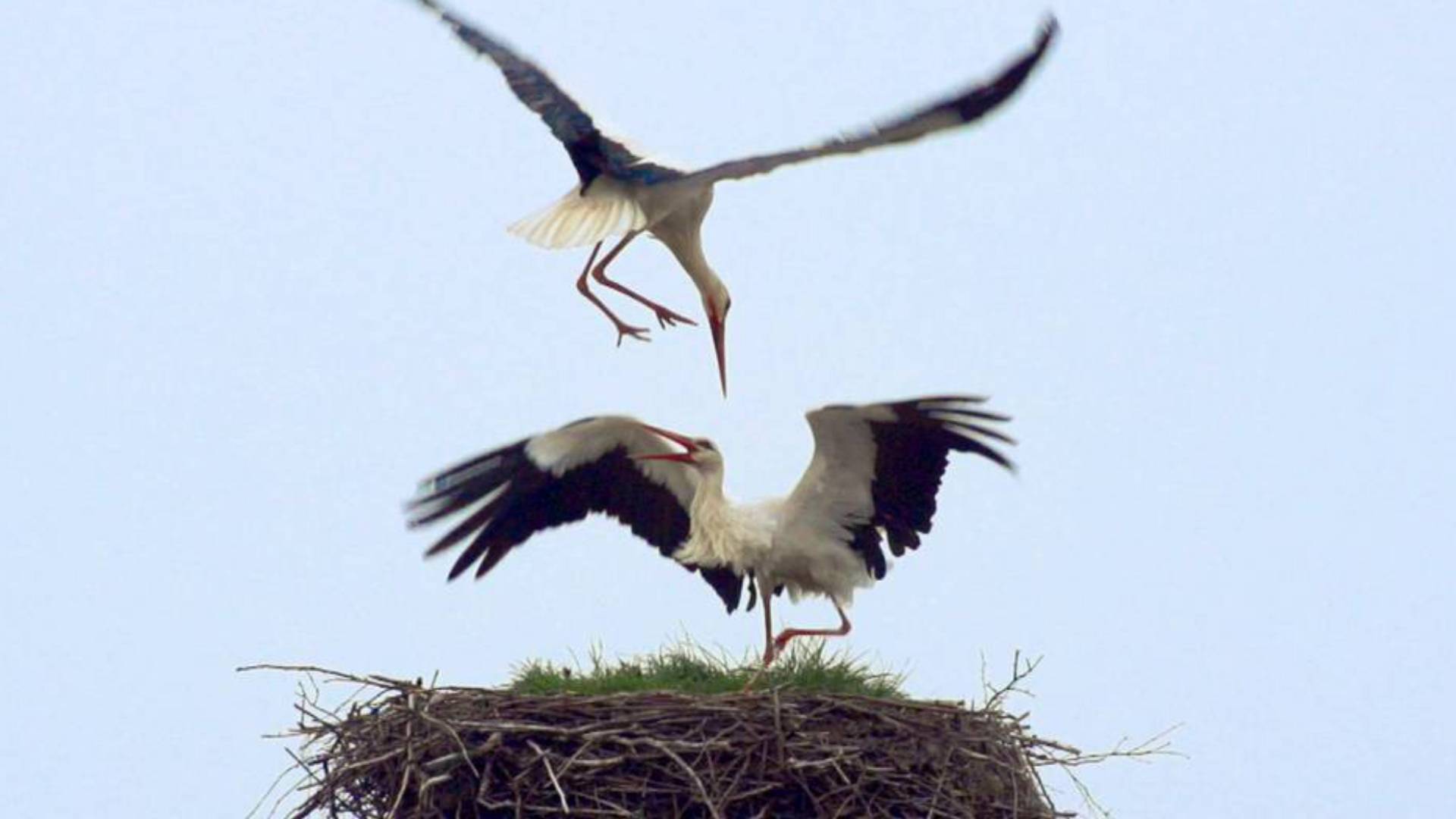Storks – A Village Rooftop Saga
Nature & Wildlife 52' 2015 HD
The little village of Rühstädt, with only 200 inhabitants, is home to Germany‘s largest colony of white storks.Every summer, nearly forty pairs of these elegant-looking birds use the rooftops of the village as their breeding ground. And every year, the popular creatures and their offspring draw some 30 000 fans from far and wide. While the remote little village community profits from the wave of bird-loving tourism, it is not without its downside: the floods of visitors block up the roads, roofs crumble under the weight of the nests and house facades are soiled by the birds. But there is a resident stork club, and an active mayor, all of whom work tirelessly to rebuild and repair nests, dig ponds and arrange for fields to be mowed at the proper time.
Rühstädt, known as “Europe’s Stork Village“, has for decades kept pace with the seasonal rhythm of the birds, offering accommodation to the summer guests. The migrating storks return from Africa at the end of March and until August, it’s high season in “Storkville”. The storks have a mere hundred days or so to meet up, breed and raise their young to the point where they can fly away on their own. Many visitors view the white-vested storks as lucky, and symbolic of an apparently intact rural idyll.
But the struggles of stork life largely go unnoticed by the tourists. In reality, the storks fight with rapier beaks over possession of their nests, destroy other storks’ clutches of eggs, and are at the mercy of the weather around the clock. Rain, heat and predators reduce the number of chicks, and at the first sign of sickness, the weakest chicks are thrown out of the nest by their parents. Others perish through lack of food. The villagers often step in with a helping hand, feeding up weaker chicks until they too are independent.
In a model example, Rühstädt demonstrates how coordinated agricultural efforts contribute towards a harmonious and profitable coexistence with these big birds. The white stork is at the pinnacle of an extensive agricultural pyramid: in the Elbe River’s biosphere conservation area, countless other species benefit from the measures taken for the village’s popular summer migrants.
For a whole summer, the camera tracks the storks’ lives on the rooftops of the village of Rühstädt, and in the surrounding fields. Permanently mounted and special cameras capture unusual and often surprising images from the storks’ private lives and their fight for survival, while not forgetting the human perspective.
Produced by
Marco Polo Film AG
Languages
German, English, French
Broadcasters
arte, ZDF
Gallery



